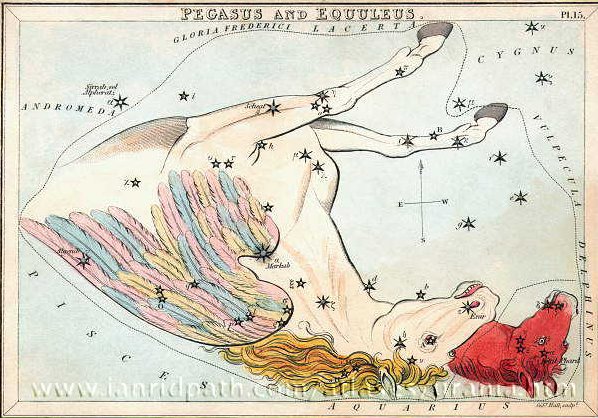The design of Ga3-11 made me once upon a time label it as a kind of poporo:
Popo: 1. To put something into something else, for instance, stones in a boat before going fishing. 2. To enter, to go in; he-popo-mai kiroto ki te hare, he enters the house. 3. Bundle, bag made of leaves; to make a bundle, a parcel, to leave something in a bundle, a parcel. Pôpo: ball; to make small balls: kete pôpó ki'ea, small basket with balls of coloured earth. Popohaga, to dawn; he-popohaga, dawn breaks (one does not say: i te popohaga, but: i te po-á). Vanaga. 1. Waves which strike one another. P Pau.: po-karakara, to strike the hands together. Mgv.: po-kara, to clap the hands loudly and gently in alternation. Ta.: popo, to clap the hands. 2. To wrap up, to bundle, to preserve, to put in safety. Pau.: hakapopo, to make into a ball. Mgv.: popo, to take care of a fish net. 3. Pau.: popo, ball, sphere. Mgv.: popo, ball. Ta.: popo, id. Mq.: popo, id. Ha.: popo, id. Popohaga, morning; popohaga atatehe, id. Mq.: popoui, id. Popokai (popo 2 - kai 4): hare popokai, store-house. Popopopo, to deteriorate. P Mgv.: popopopo, entirely rotten, decayed. Mq.: popo, worm-eaten, decayed. Poporakau (popo 2 - rakau 2) store, warehouse. Churchill. Poporo. A plant (Solanum forsteri); poporo haha, a sort of golden thistle. Vanaga. A berry whose juice is mixed with ashes of ti leaves in tattoing. Ta.: oporo, a capsicum plant. The Tahiti oporo is not a degradation of poporo but is the original poro stem augmented by that o which in Tahiti is word-formative in a sense too elusive to find expression in European ideas. Mgv.: poporo, the July season when the leaves fall. Mq.: pororo, dry, arid. Sa.: palolo-mua, July. Ma.: paroro, cloudy weather. Poporohiva, milk thistle. Churchill. The parallel glyph on the K tablet supports my interpretation, although the preceding glyph evidently does not illustrate a solstice, rather the opposite:
Possibly the poporo glyph in the K text is intended to illustrate a kind of arrow, with head down and feathers at the top. ... A man had a daughter who possessed a wonderful bow and arrow, with which she was able to bring down everything she wanted. But she was lazy and was constantly sleeping. At this her father was angry and said: 'Do not be always sleeping, but take thy bow and shoot at the navel of the ocean, so that we may get fire.' The navel of the ocean was a vast whirlpool in which sticks for making fire by friction were drifting about. At that time men were still without fire. Now the maiden seized her bow, shot into the navel of the ocean, and the material for fire-rubbing sprang ashore. Then the old man was glad. He kindled a large fire, and as he wanted to keep it to himself, he built a house with a door which snapped up and down like jaws and killed everybody that wanted to get in. But the people knew that he was in possession of fire, and the stag determined to steal it for them. He took resinous wood, split it and stuck the splinters in his hair. Then he lashed two boats together, covered them with planks, danced and sang on them, and so he came to the old man's house. He sang: 'O, I go and will fetch the fire.' The old man's daughter heard him singing, and said to her father: 'O, let the stranger come into the house; he sings and dances so beautifully.' ... 3 * 31 right ascension days after Sirrah was the Front of the Mouth of the Twins, with the Full Moon approaching the Bow stars of the Archer:
At the time of rongorongo the star η Sagittarii (*276) was at the Full Moon in June 22. This was in the day preceding the stars in the Bow:
41 precessional days earlier, according to the epoch of Bharani, the star at the Full Moon in "June 22 had been the first star in the Foal, ε Equulei. This star was very faint (5.30), which might explain why the corresponding star at the time of rongorongo (viz. η Sagittarii) had not been given any special name, although it was not very faint (3.10). ε Equulei was hard to see, which might have been explained as a consequence of being buried.
|
|||||||||||||||||||||||||||||||||||||||||||||||||||||||||||||||||||||||||||||||||||||||||||||||||||||||||||




